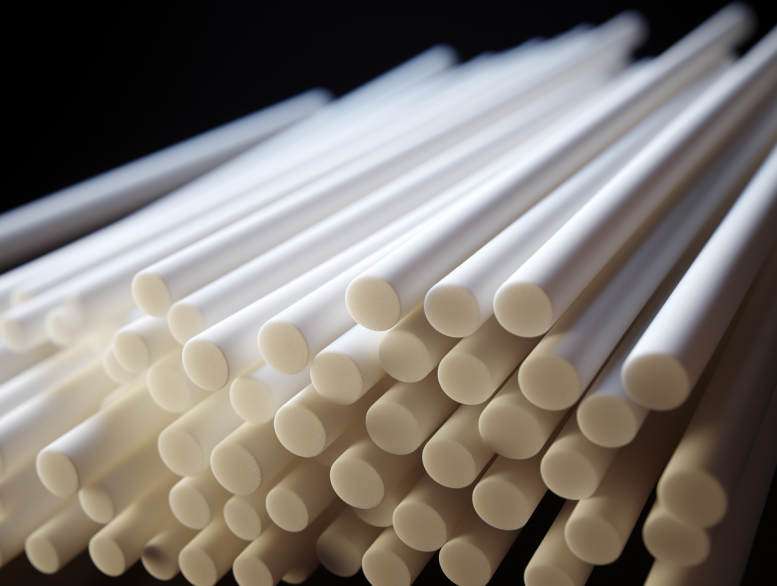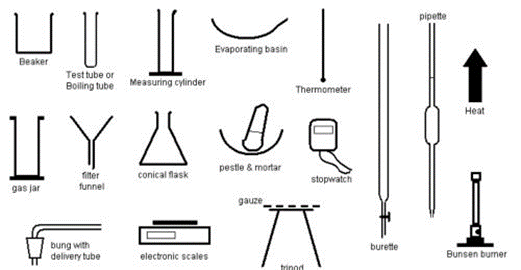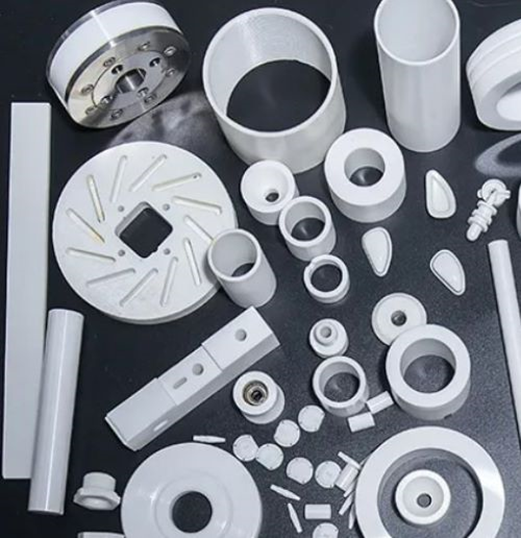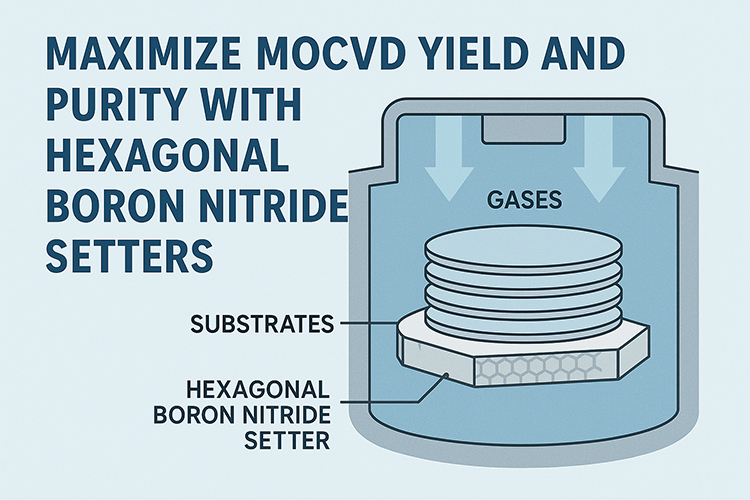Alumina Rod: The Reliable Choice for Laboratory and Scientific Applications

Introduction
Alumina rods, also known as aluminum oxide rods, are widely recognized for their exceptional properties and reliability in laboratory and scientific applications. These versatile rods offer a range of benefits that make them the go-to choice for researchers, scientists, and technicians.
In this article, we will explore the key reasons why alumina rods are the ideal choice for laboratory and scientific applications. Hope that you can have a better understanding of their properties and applications.
 [1]
[1]
Figure 1. Simple Lab Devices
What Are Alumina Rods?
Alumina rods are made of alumina, a compound mainly composed of oxygen and aluminum molecules. The most common natural aluminum oxide crystal form is corundum. Alumina is mainly obtained from bauxite, and the extraction and purification of alumina are done by the Bayer method.
As an excellent material, alumina rod stands out for their unique properties and applications. They are known for their chemical inertness, thermal stability, dielectric strength, wear resistance, and mechanical strength, so they are applied to electronic manufacturing, chemical processing, high-temperature devices, and, most importantly, laboratory uses.

Figure 2. Alumina Rods
Advantages of Alumina Rods for Laboratory and Scientific Applications
Here are the most representative properties of Al2O3 rods. Thanks to these characteristics, alumina rods are widely used for laboratory research and scientific experiments.
1. High Purity and Chemical Inertness:
Alumina rods are highly pure and chemically inert, which is crucial for many laboratory applications. They do not react with most chemicals, acids, or bases, ensuring that experimental results are not compromised by unwanted reactions or contamination. So, they provide a reliable and stable platform for experiments involving sensitive substances or samples, allowing researchers to obtain accurate and consistent data.
2. Excellent Thermal Stability:
Laboratory experiments often involve high temperatures, and alumina rods excel in providing thermal stability. These rods have a high melting point and excellent thermal conductivity, allowing them to withstand extreme temperatures without warping or deforming. They could effectively distribute heat as well, ensuring uniform temperature distribution and minimizing thermal stress on samples or equipment. With such thermal stability, they are commonly applied to heating, annealing, and sintering processes.
3. Electrical Insulation Properties:
Alumina rods possess excellent electrical insulation properties, making them ideal for electrical and electronic applications in the laboratory. They can withstand high voltage without conducting electricity, providing reliable insulation and preventing electrical hazards. Alumina rods are extensively employed as insulators for heating elements, electrical probes, and other components where electrical insulation is needed. Their electrical insulation properties contribute to the safety and accuracy of electrical measurements and experiments.
4. Mechanical Strength and Durability:
Laboratory equipment and setups often require robust materials that can withstand rigorous handling and usage. Alumina rods show exceptional mechanical strength and durability so that withstand mechanical stress, impacts, and vibrations without breaking or deteriorating. Consequently, they provide a sturdy support structure for experimental setups, holding equipment in place and maintaining stability during procedures.
5. Optical Transparency:
Alumina rods have the advantage of being optically transparent in the ultraviolet (UV) and visible light ranges, which allows researchers to perform optical experiments and measurements without interference from the material itself. Thus, they can be used as light guides, cuvettes, or sample holders in optical spectroscopy, photoluminescence, and other light-based analyses.
Alumina Rods for Laboratory and Scientific Applications
Alumina rods find applications in a wide range of scientific disciplines and laboratory settings. They are utilized in materials research, ceramics, metallurgy, chemical analysis, catalysis, and many other fields. They can be shaped, machined, or customized to meet specific experimental requirements, making them adaptable to diverse applications.
Materials Research
In materials research, alumina rods serve as important components in the investigation of mechanical, thermal, and electrical properties of materials. Their high-temperature resistance and excellent electrical insulation properties make them ideal for use in experimental setups that involve thermal or electrical measurements.
Ceramics
In the field of ceramics, alumina rods are widely utilized for forming kiln furniture, which supports ceramic products during firing processes. Their exceptional strength and resistance to high temperatures enable them to withstand extreme heating conditions in kilns.
Metallurgy
Metallurgical applications benefit from the use of alumina rods due to their ability to withstand corrosive environments. They are often employed in furnace linings or as crucibles for melting and casting metals at elevated temperatures.
Chemical Analysis
Chemical analysis laboratories rely on alumina rods for their inertness and stability when exposed to various chemicals. They are used as sample holders, reaction vessels, or support structures in analytical techniques such as spectroscopy or chromatography.
Catalysis Research
Alumina rods also play a crucial role in catalysis research, where they act as catalyst supports or carriers. Their high surface area and thermal stability aid in enhancing catalytic reactions and improving their efficiency.
Conclusion
In a word, alumina rods are a reliable choice for laboratory and scientific applications due to their high purity, chemical inertness, thermal stability, electrical insulation properties, mechanical strength, and optical transparency. Their versatile nature and ability to withstand demanding conditions make them indispensable tools in research and scientific experiments. Whether it is for heating, electrical insulation, sample handling, or optical analyses, alumina rods provide scientists and researchers with dependable and consistent material to achieve accurate results and advance scientific knowledge.
Advanced Ceramic Materials (ACM) is a leading supplier of alumina rods and other quality ceramic products. Feel free to contact us with any questions about Al2O3. Hope that you can find the perfect alumina products for your research.
{{item.content}}
LEVE A REPLY
{{item.children[0].content}}
{{item.content}}
LEAVE A REPLY
SUBSCRIBE OUR NEWSLETTER
- Boron Nitride in Cosmetics: Enhancing Performance and Sensory Appeal
- Maximize MOCVD Yield and Purity with Hexagonal Boron Nitride Setters
- What Are the Advantages and Uses of Boron Nitride Ceramic Sheet?
- The Compression Annealing Advantage for Pyrolytic Boron Nitride
- Beyond Insulation: The Surprising Spectrum of Ceramic Thermal Conductivity











